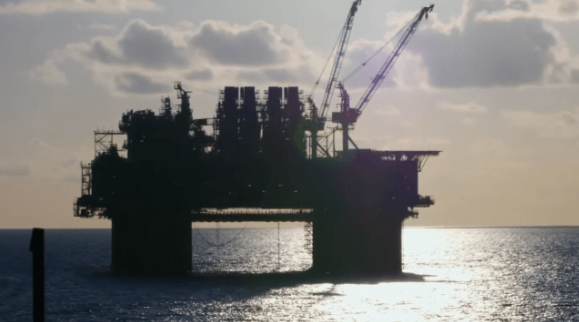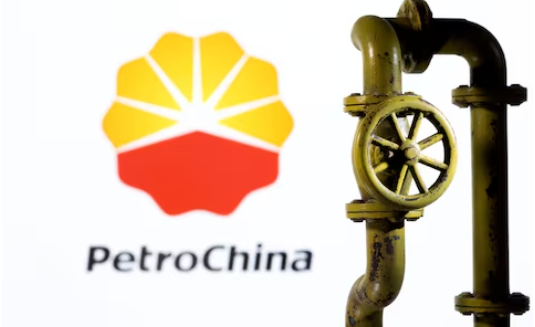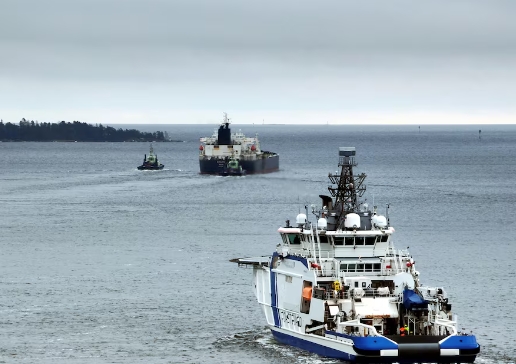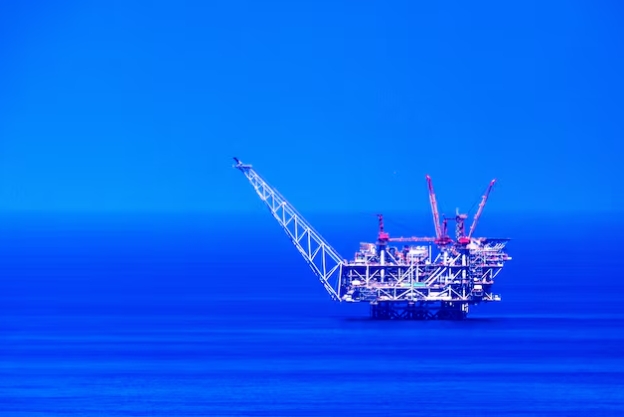Based on the results of this experiment, DOCOMO hopes to introduce a hydropower system for the sustainable operation of self-powered base stations in mobile communications networks by March 2025.
The jet turbine incorporates a nozzle that emits a stream of water, or "jet," to drive the turbine's rotation in the opposite direction and thereby generate electricity. While conventional hydroelectric systems use a separate nozzle and turbine, this device combines both components in a design so simple it can be manufactured with a 3D printer.
The newly developed hydropower system converts electricity into a form suitable for powering base stations. It also collects data on electric current, voltage and power, as well as water flow and pressure, which are then transmitted to DOCOMO's Energy Management System (EMS) platform to monitor and control power driving the base station. The platform also visualizes the amount of CO2 reduction realized with this sustainable hydropower system.
While DOCOMO's green base stations mainly use solar power, this initiative aims to use renewable energy such as hydropower in places where solar panels are not practical.
DOCOMO aims to achieve net-zero greenhouse gas emissions from its operations by 2030 and net-zero greenhouse gas emissions from its entire supply chain by 2040. Going forward, DOCOMO expects to increasingly adopt renewable energy as part of its commitment to decarbonization and the realization of a sustainable, carbon-neutral world.
(1) As of May 30, 2024, based on DOCOMO's research.
Demonstration Experiment Overview
1. Background
Base stations for mobile communications account for approximately 70% of the power consumed in DOCOMO's operations in Japan. To reduce CO2 emissions from base station operations, DOCOMO has established green base stations that incorporate solar-power systems and large-capacity storage batteries. The company had 286 such stations in operation as the fiscal year ending in March 2024. Electricity generated by these solar-power systems is used to power equipment and excess electricity is stored in lithium-ion batteries for use in the event of a prolonged power outage, such as following a natural disaster.
In addition, DOCOMO's EMS Platform visualizes power generation and CO2 reduction in each area and for each base station, aimed at optimizing power operations across the entire DOCOMO group.

2. Hydropower System
The hydropower system for this experiment is designed to convert electricity into a form compatible with base stations, using a simple jet turbine developed by Professor Yukihiro Shimatani of the Prefectural University of Kumamoto. The hydropower system collects electrical and hydropower data obtained from the jet turbine for management via the EMS platform, which monitors the status of hydroelectric generation in real time and controls power supplied to base stations.
3. Experiment Overview
The purpose of the experiment is to optimize the power system and circuit topology to ensure efficient generation and supply of electricity from the hydropower system to base stations, as well as to select, implement and evaluate candidate base stations for incorporation into the hydroelectric power-generation system.
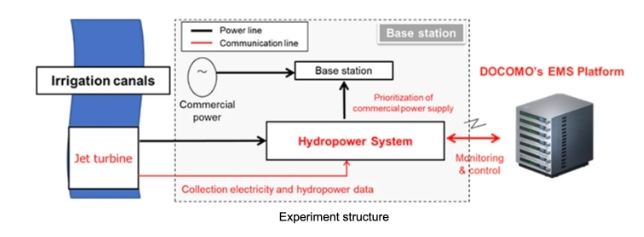
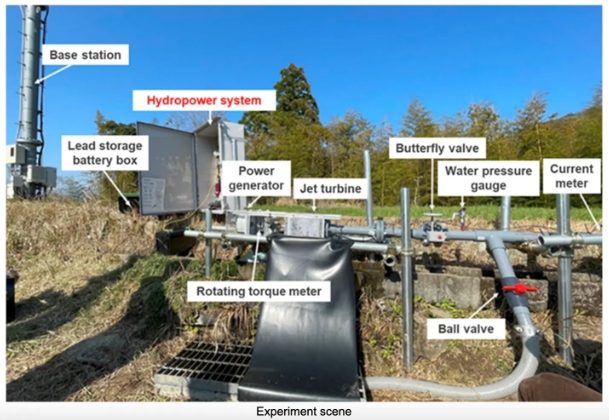
Implementation Period
Approximately one year, beginning on May 30, 2024
About NTT DOCOMO
NTT DOCOMO, Japan's leading mobile operator with over 89 million subscriptions, is one of the world's foremost contributors to 3G, 4G and 5G mobile network technologies. Beyond core communications services, DOCOMO is challenging new frontiers in collaboration with a growing number of entities ("+d" partners), creating exciting and convenient value-added services that change the way people live and work. Under a medium-term plan toward 2020 and beyond, DOCOMO is pioneering a leading-edge 5G network to facilitate innovative services that will amaze and inspire customers beyond their expectations.https://www.docomo.ne.jp/english/
NTT DOCOMO
International PR
Public Relations Department
Tel: +81-3-5156-1366
